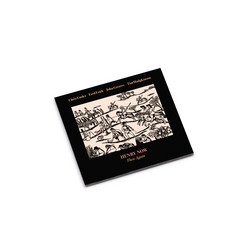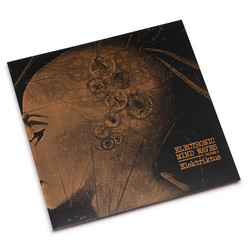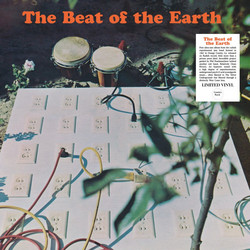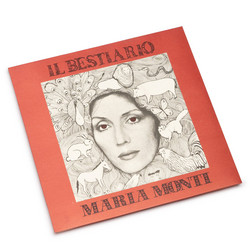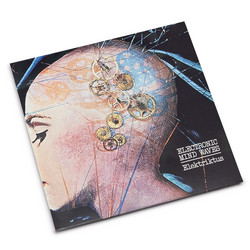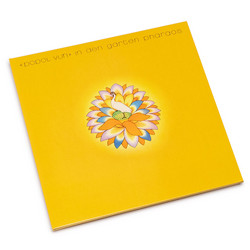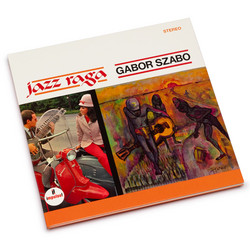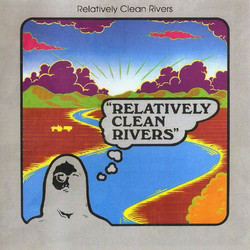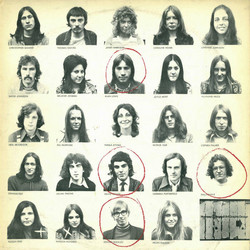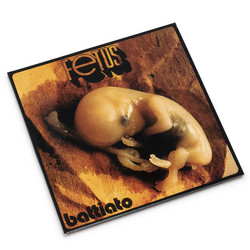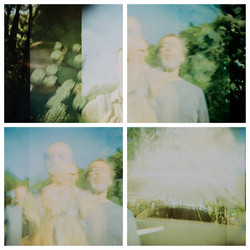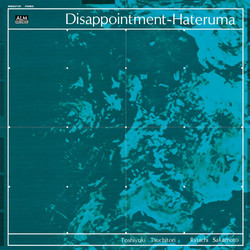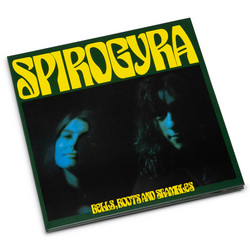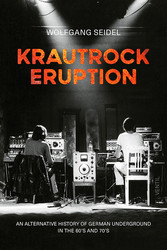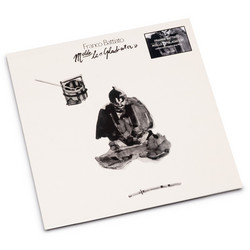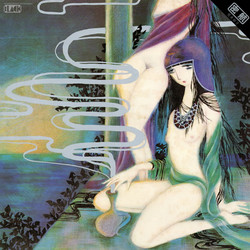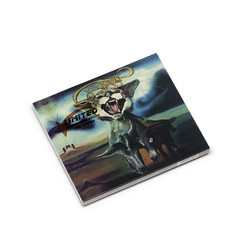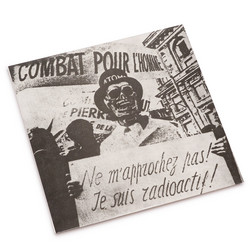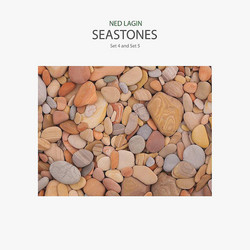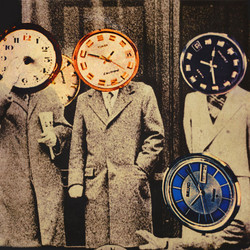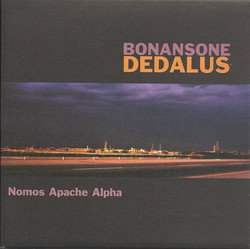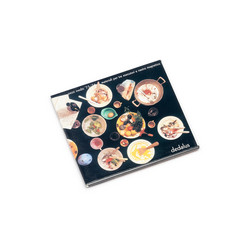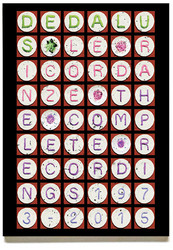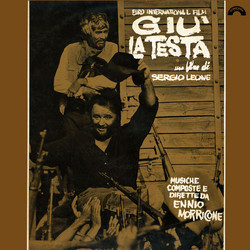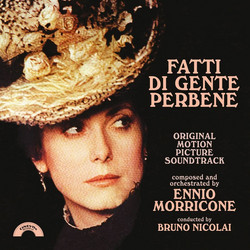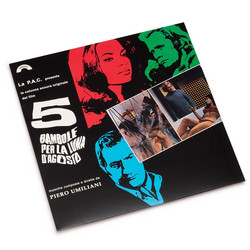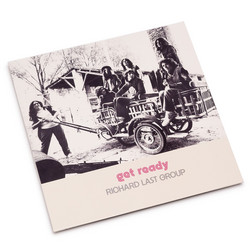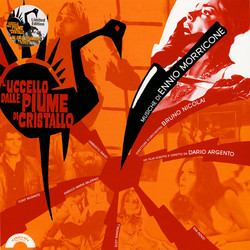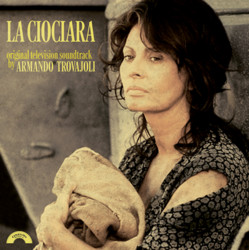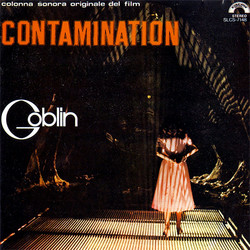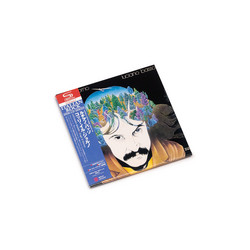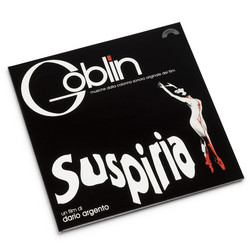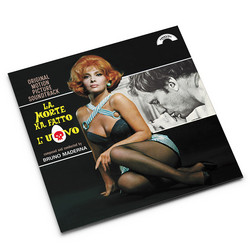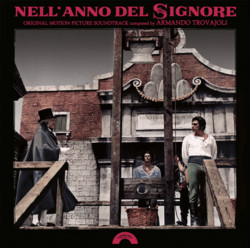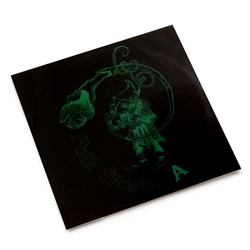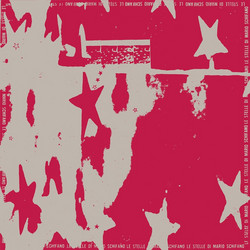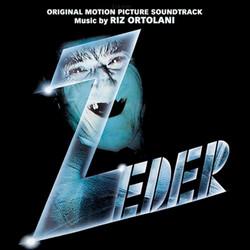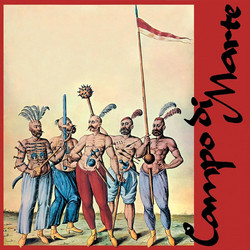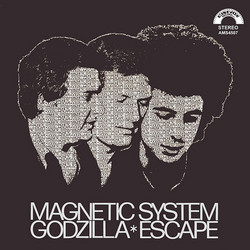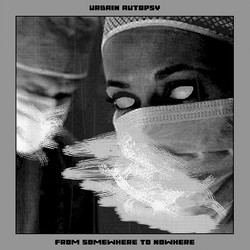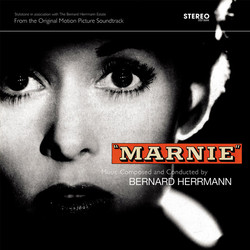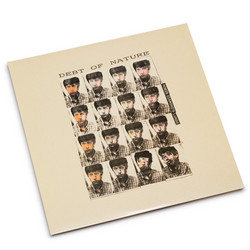Dedalus
Materiale Per Tre Esecutori E Nastro Magnetico (LP)
Hailed in the early seventies as the best Italian group of 'avant-garde' jazz rock along with Area and Perigeo, in the mid-seventies, with the release of their second album, Dedalus started a much more uncompromisingly experimental approach to music through the use and combination of disparate musical materials: improvisation, electronic music and musique concrète techniques, elements of contemporary classical composition, folk tunes, jazz, use of self-built and modified instruments for research on timbre, etc., with much conviction and totally unique and beautiful results.
This disc re-issues their very hard-to-find second album, released in 1974. Most of the material was recorded by the trio composed of Fiorenzo Michele Bonansone (cello, piano, Fender piano, voice, accordion, synthesizer, soprano ocarina, electrified mandolin, "plastubofono", bottles), Marco di Castri (tenor and soprano saxophones, electric, acoustic, prepared or bending guitars, harmonica, flute, Moroccan oboe, pipe with reed) and Enrico Grosso (drums, percussion and noises) - with the help of Ennio Bonansone as sound engineer on the pieces from the album - and part as a duet by Fiorenzo Michele Bonansone and Marco Di Castri.
This work is the result of the collaboration among three musicians whose training has gone through different cultural and musical experiences. Marco di Castri and Enrico Grosso come from jazz while Fiorenzo Bonansone comes from contemporary classical music. This situation of apparent dishomogeneity had a positive role to get over some prejudices about some aspects of contemporary musical research as a whole. This can be easily noticed by listening to the complexity and and heterogeneity of both the material which has been used, and the combinatory solution which have resulted. We say material to underline the importance as raw material of not just the traditional elements and building patterns of the musical architecture and the most recent finds of electronic and musique concrete researches, but also the final results of a previous composing activity. The reminescence of traditional music at the beginnng of the second side [La bergera\ and the symphonic bursts flashing through the uproar of Con più frequenza are exactly pre-formed material whose utilisation is allowed when the usual relations among pure sounds (notes) open the way to a wider game of relations among culturally and temporarily defined wholes, that is what we could paradoxically call music of musics.
sleeve notes of "Materiali per tre esecutori e nastro magnetico"

